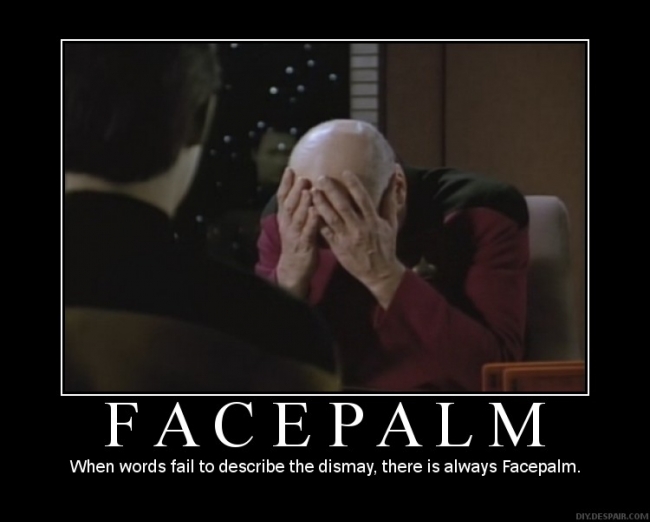So Wolven may get a gold star for the night. In looking at the causes of my stroke difficulty, I see 3 things that appear to be contributing. 1. elbow drop. 2. shoulder hiking/elevation when I try to stroke hard. 3. overgripping the cue. I am going to suggest that each of these lead into the other with the shoulder hiking possibly being the initiating factor. My upper trap muscle is often noticeably tight after playing just from hiking it.
I went to the table tonight for a little while and tried moving my bridge hand to the right as suggested above. I found that this caused my right hip to rotate back moving my butt out of the way and caused my shoulder to rotate back into a position where it could not really hike up. It also caused my elbow to fall into a much more natural feeling position instead of having to force myself to draw it up. Hitting balls with hard draw met with better results without me jumping the CB at all. I try not to get too excited about a short period of improvement because every time I think this is solved, it reappears the next time I play. This did feel noticeably different though.
I plan on doing some video of this stroke and comparing it to the video Scott took of me when he gave me a lesson to see if they are close overall.
I'm glad to be able to help.
You will find that you will revert once in a while but you will now know what is happening.
Even on little strokes the alignment I showed will make a difference.
One of problems with pure pendulum and no elbow drop is lack of feedback on correct shooting plane.
Let gravity be your friend.
I’m no expert on ulnar’s and radial deviations and what have you but post #77 by Celtic is true.
Last edited:
